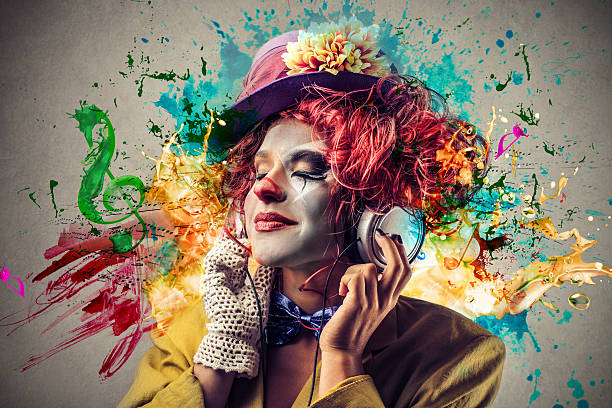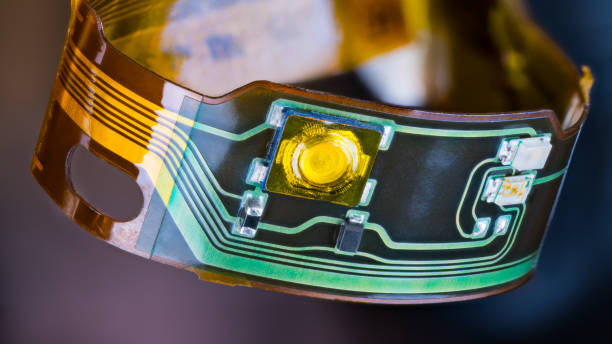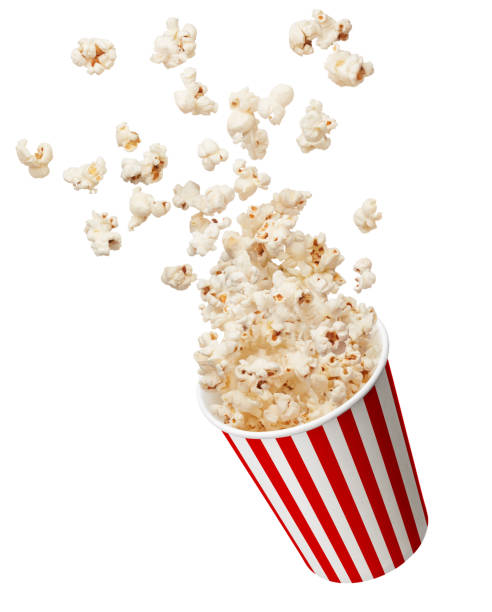A Fresh Perspective on Circus Arts: From Tradition to Modern Innovation
Introduction: Immerse yourself in the vibrant world of circus arts, where tradition meets modern innovation. This article explores the evolution, current trends, and future prospects of this dynamic art form, unraveling its captivating charm and cultural significance.

A Journey Back in Time: The Roots of Circus Arts
Circus arts have a rich and varied history, with roots dating back to ancient Rome. Originally, the term ‘circus’ referred to an open-air venue where games, races, and battles were held. It was only in the 18th century when English entrepreneur Philip Astley combined horse riding tricks, acrobats, jugglers, and clowns that the modern concept of circus was born.
The Golden Age: Circus Arts in the 19th Century
The 19th century marked the golden age of the circus, with numerous circus companies touring across Europe and America. These shows were lavish spectacles featuring a variety of acts, from daredevil tightrope walkers to exotic animal tamers. The circus was a form of entertainment that transcended social classes, captivating audiences from all walks of life.
A Shift in Perspective: The Rise of Contemporary Circus
In the late 20th century, the traditional circus faced increasing criticism over animal welfare issues. This sparked a shift towards a new form of circus, known as contemporary circus or ‘cirque nouveau’. This modern version focused on human performance and artistic storytelling, eliminating the use of animals in performances. Companies like Cirque du Soleil pioneered this change, blending circus arts with theater, dance, and music.
Circus Arts Today: A Fusion of Tradition and Innovation
Today, circus arts continue to evolve, embracing new technologies and artistic approaches while maintaining a connection to their traditional roots. High-tech lighting, multimedia effects, and innovative apparatus are now commonplace, enhancing the visual spectacle and narrative depth of performances.
The Future of Circus: Exploring New Horizons
The future of circus arts appears bright, with new possibilities continually emerging. Virtual reality, for instance, offers exciting potential for immersive circus experiences. Meanwhile, social circus programs are using circus arts for social change, empowering marginalized communities through skill development and creative expression.
In conclusion, circus arts have journeyed from their traditional roots to embrace modern innovation, continually evolving in response to societal changes and artistic trends. Today, as we stand at the intersection of tradition and innovation, the circus arts continue to captivate and inspire, offering a unique blend of spectacle, storytelling, and human skill.





